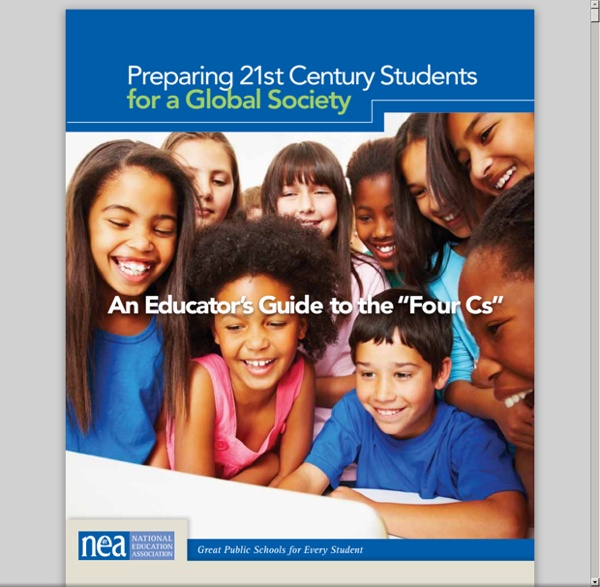



untitled What Easter Island’s colossal stone statues teach about the dangers of modern school reform EASTER ISLAND, CHILE: A tourist walks behind a platform with seven huge statues (moais in Rapa Nui language), the only ones facing the sea, in Ahu Akivi in Easter Island, 3700 km off the coast of Chile, 12 February 2005. The Chilean island, located in the Polynesian archipielago, has many archeological sites and its Rapa Nui National Park is included on UNESCO’s World Heritage Site list since 1995. AFP PHOTO/MARTIN BERNETTI (Photo credit should read MARTIN BERNETTI/AFP/Getty Images) Eastern Island is a remote volcanic island in Polynesia that is a territory of Chile and known worldwide for its colossal statues — more than 800 — that were created by early inhabitants during the 10th – 16th Centuries. By Yong Zhao The stone statues on Easter Island (Diamond, 2005) have a lot to teach us about education. Early Europeans did not believe that the “Polynesians, ‘mere savages,’ could have created the statues or the beautifully constructed stone platforms” (Diamond, 2005, p. 82). Auerswald, P.
Creativity Resource for Teachers » Teaching Resources 21st Century Skills Resources RSA Animate: 21st Century Enlightenment The Royal Society for the Encouragement of Arts, Manufactures and Commerce (RSA), formed in the 18th century, is a network of people devoted to creative thinking for social progress. The Partnership for 21st Century Skills This is the advocacy website for the implementation of 21st Century Skills. Arts Integration: The Authentic Context for 21st Century Learning This article details how arts integration offers unique and successful methods for instilling 21st Century Learning Skills across the curriculum. Useful Websites for Teachers Art Museums ArtNC This North Carolina Museum of Art website is designed for educators, students, and anyone interested in looking and learning from works of art. ArtsConnectEd This interactive website is full of artworks and resources from the Minneapolis Institute of Art and the Walker Art Center. ArtThink Smithsonian American Art Museum’s Online Classroom Activities ArtBabble PBS LearningMedia
Virtual Musical Instruments: play the guitar, piano, drums and flute. RebelMouse: Let Your Content Roar Strategies for Reading Comprehension Strategies for reading comprehension are conscious plans — sets of steps that good readers use to make sense of text. Explicit instruction in comprehension strategies help students become purposeful, active readers. We love the strategies for reading comprehension that Tanny McGregor and other top authors offer us to help children understand what they read. Reading Process Poster Template By enlarging the following template and laminating, you can write (with a dry-erase marker) important reading processes and applications for children to discuss and understand during and after a piece of literature is read. READ-O As mentioned on the Reading Fluency Activities Page, students are encouraged to read each night at home with their families and keep track of the books they read. Strategies for Reading Comprehension Template Use the above template to display the strategies for reading comprehension in your classroom.
Webster.pdf How to Use the “4 C’s” Rubrics This excerpt appears in the Buck Institute for Education's book, "PBL for 21st Century Success: Teaching Critical Thinking, Collaboration, Communication, Creativity." Rubrics for each of the "4 C's" are in the book, and we offer guidance below on how to use them in a PBL context. They are also available to download on BIE's website at the following links: What these rubrics assess These rubrics describe what good critical thinking, collaboration, communication, and creativity & innovation look like in the context of Project Based Learning. What these rubrics do NOT assess: “content” These rubrics are designed to assess only the 4 C’s, not subject-area knowledge in, say, math, history, or science. How these rubrics align with Common Core State Standards In these rubrics, note that: Specific ELA standards are cited in the “At Standard” column only, but their intent is reflected in the “Approaching” and “Below” columns too. How to use these rubrics How these rubrics are organized